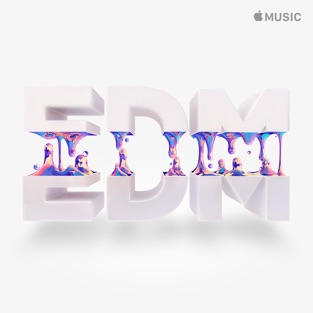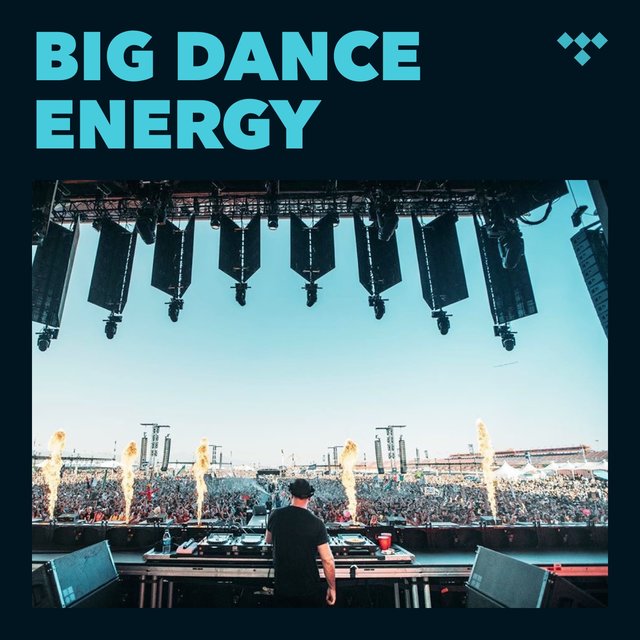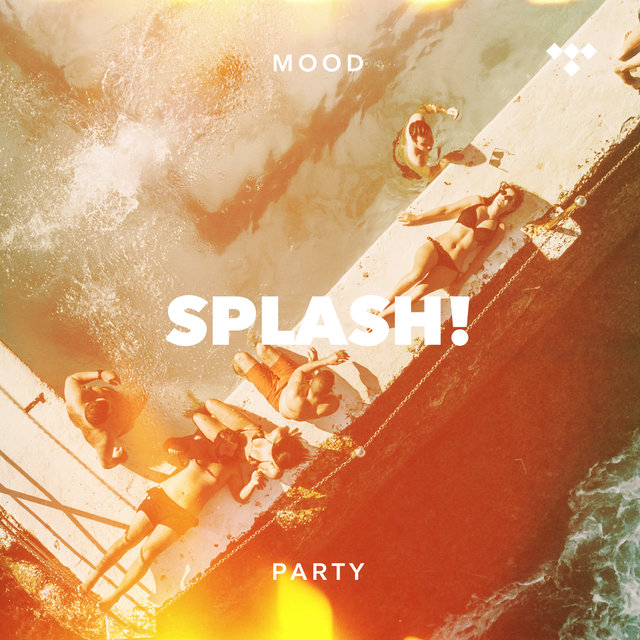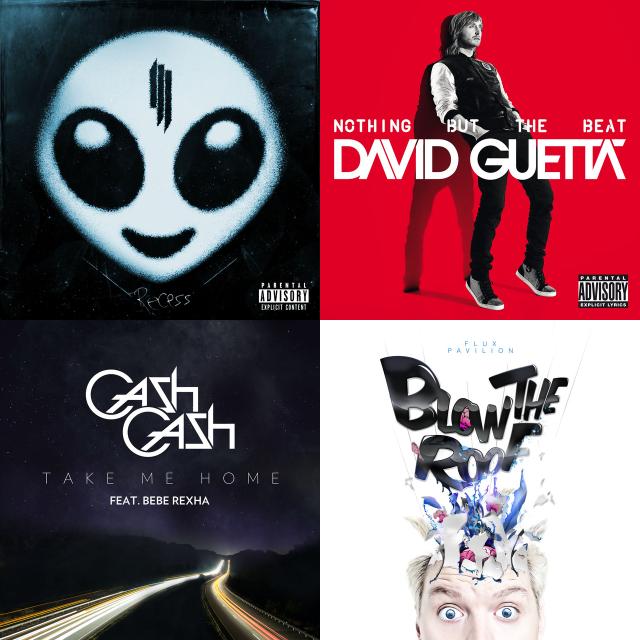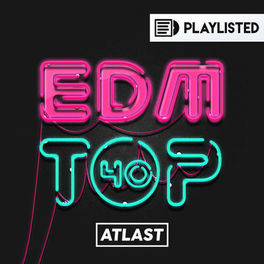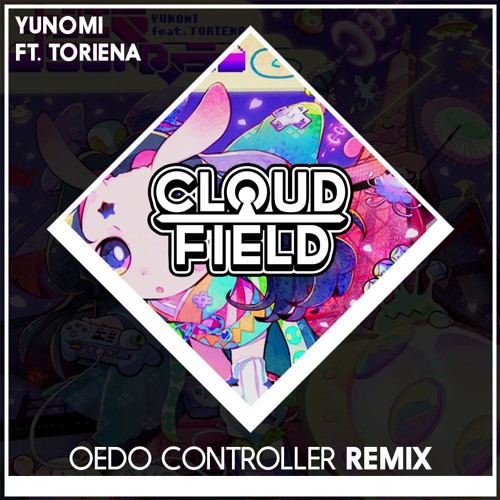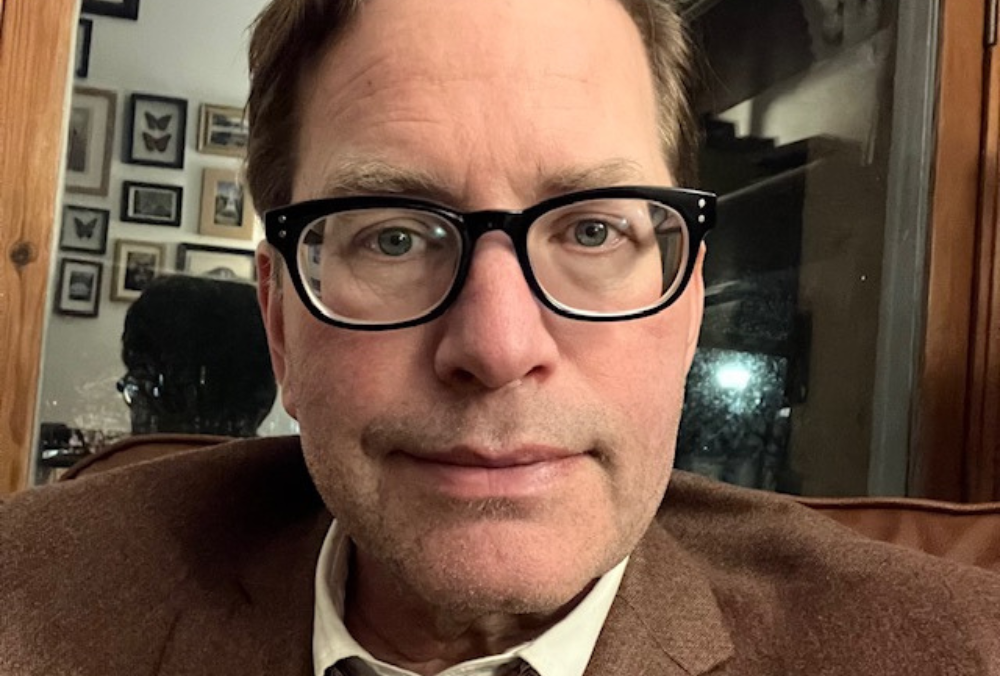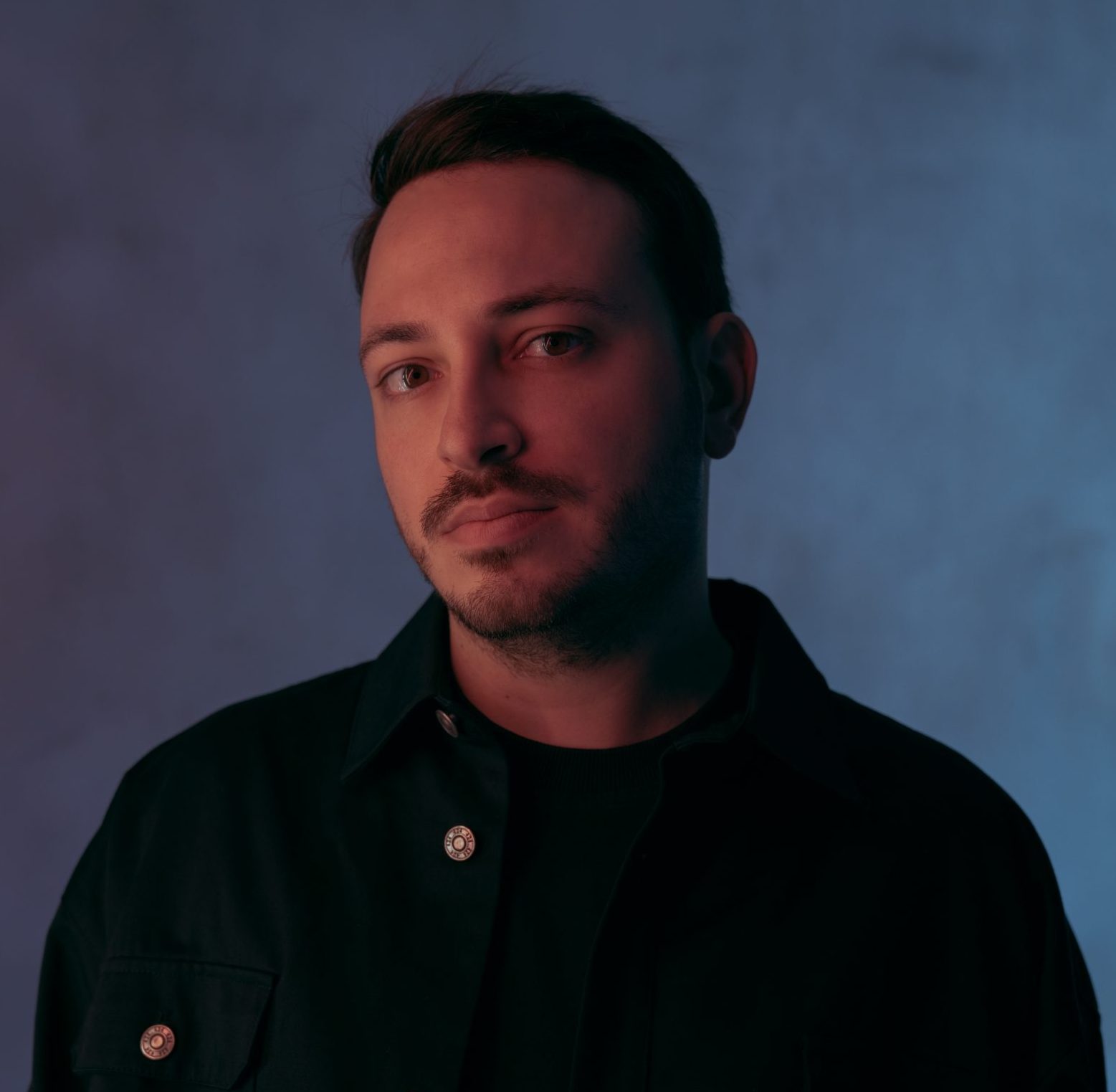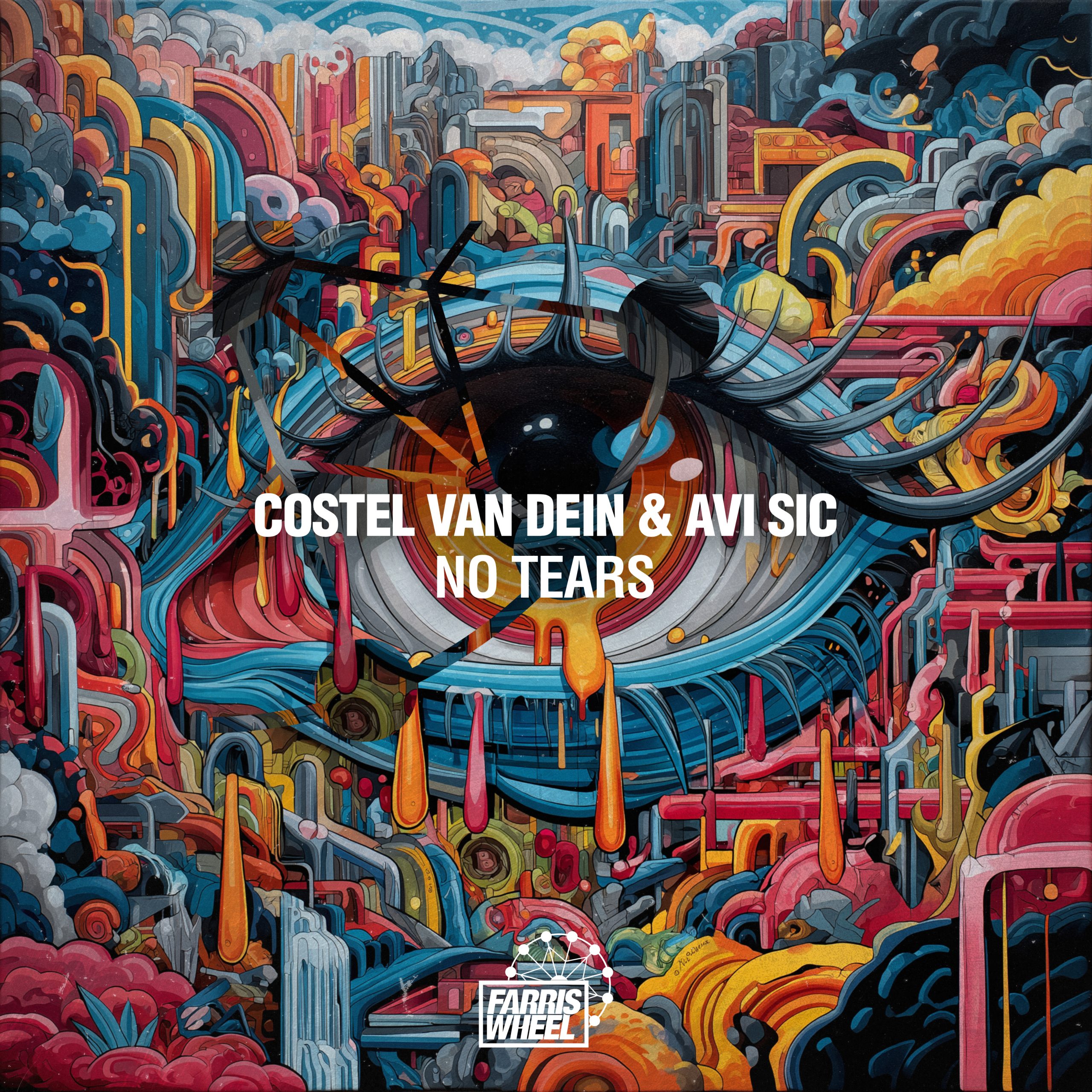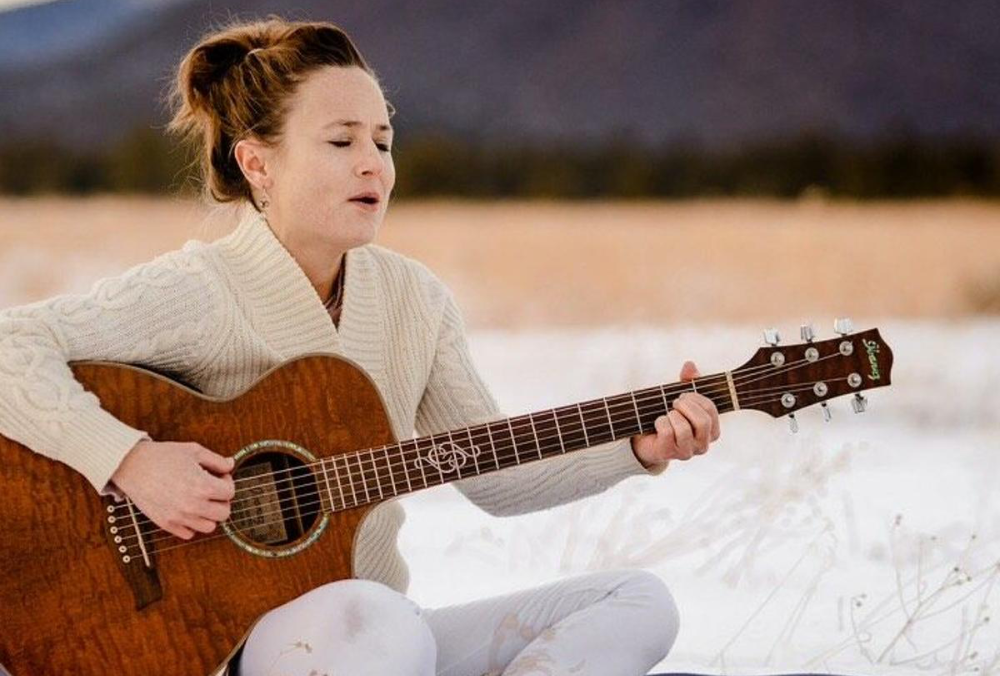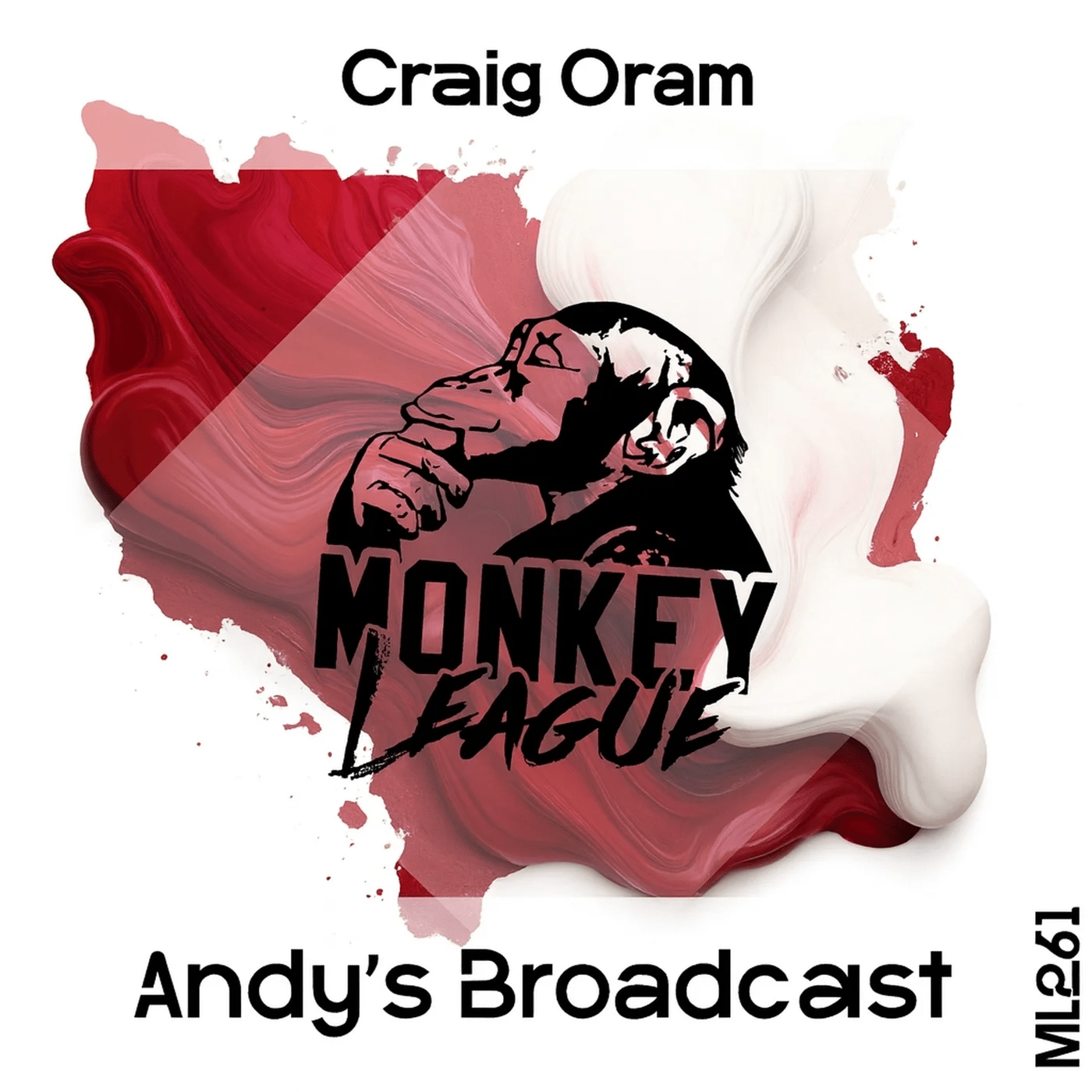“Complete Disbelief and Wonder In Our Eyes”: How Ed Warren Designed the Lighting of Skrillex’s Historic MSG Rave
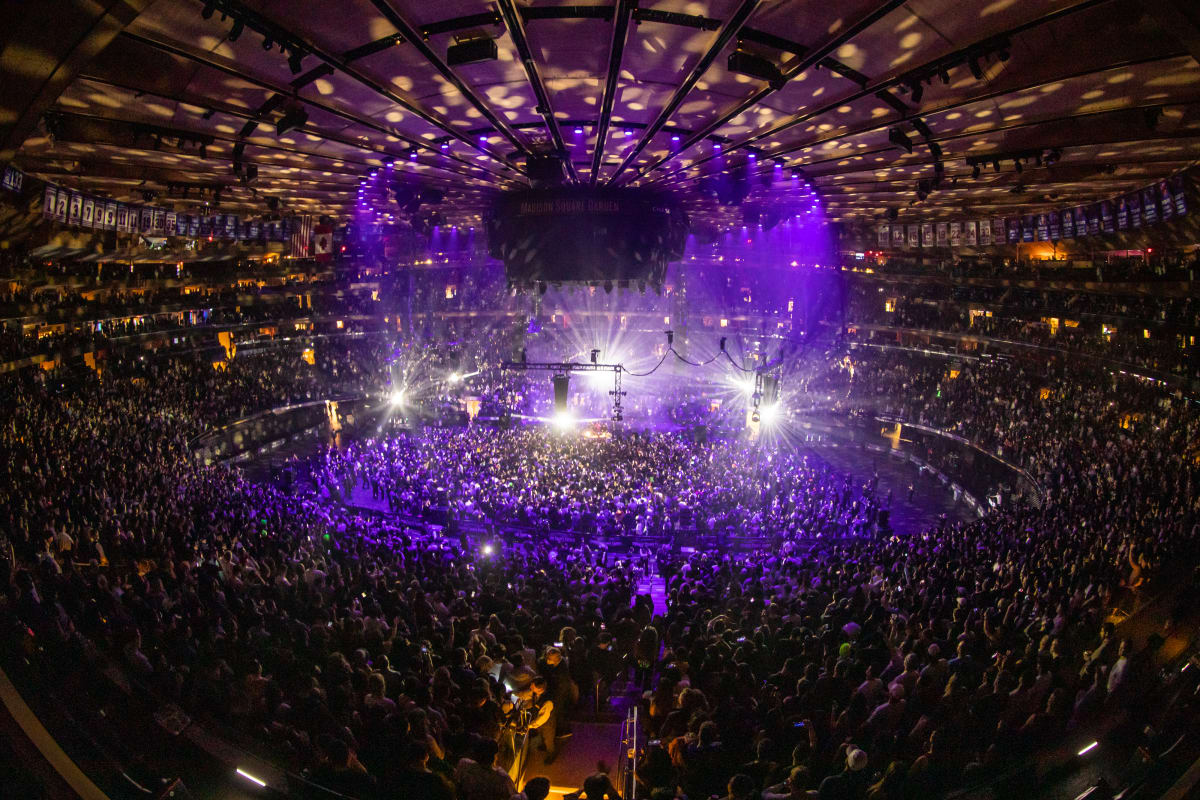
We caught up with Ed Warren, the mind behind the production of Skrillex, Fred again.. and Four Tet's incandescent rave at the Garden.
Lights are Ed Warren's love language.
Warren is the mastermind behind the production of Skrillex, Fred again.. and Four Tet's historic rave at Madison Square Garden. If the once-in-a-lifetime show opened a new chapter in EDM's history book, consider him the stitches which bind it.
The trio of superstars recruited Warren to design the totemic rave's lighting and enswathe the 820,000-square foot arena in eye-popping lasers. With him at the helm, the fabled Garden—revered for legendary performances from the likes of Elvis Presley and the Rolling Stones—became a dance music utopia.
A close collaborator of Four Tet, Warren has been designing light shows for two decades. But he called this experience "the best lighting moment of my life."
As the star of the rave's legacy grows brighter, EDM.com caught up with Warren to discuss his role in bringing it to life.
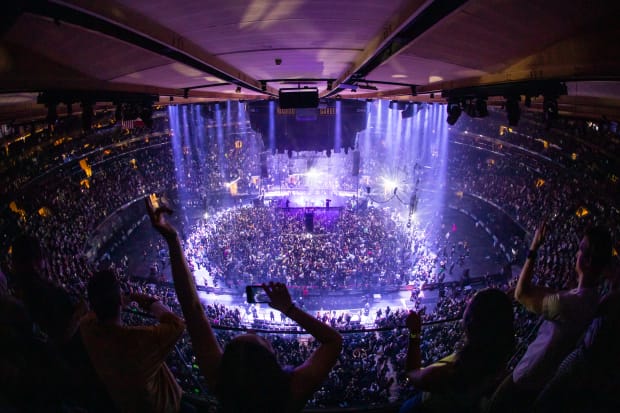
EDM.com: Take us through the motions of how you ended up with the opportunity to spearhead the production of this historic rave.
Ed Warren: I've worked with Kieran [Four Tet] solidly since he started needing lighting and production at his shows in 2008. We've been building and tweaking his shows for 15 years, bending and stretching what's possible without ever overdoing it.
For a while Kieran made a name doing DJ shows with nothing but a set of desk lamps, the entire venue blacked out for the whole set. It was a vibe. One day he texts me and says, "Do you want to do some lights for one of my blackout shows, really freak people out when they least expect it?" So we did. At Brixton Academy, where he usually did these, I rigged a few mirrorballs and waited 'til about two hours in before bringing them to light. Everyone went insane.
Cut to a year or so later and these B3Bs with Fred [Fred again..] and Sonny [Skrillex] get arranged. There were three in London in January originally. Kieran kind of took the reins production-wise for these so got myself and Parker (his sound designer) involved from the off. I went for a similar feel to the Brixton events but with added oomph—strobes and confetti, more mirrorballs! We did three small London clubs which, lighting-wise, started extremely minimal with desk lamps and grew as the night went on. I developed the show from London even further for MSG, with absolutely no idea how it would go down to be honest! Felt like it might be too minimal, but I love a bit of risk!
EDM.com: This show was five hours... and nonstop energy. How on earth does a lighting designer prepare for something like that?
Ed Warren: These shows, the guys are DJing live so there's no room for timecode or cue lists, which is the usual way you'd program for a "traditional" arena show. There was no set list. Obviously they'd play the bangers—the hits—and I had a general idea of how the shows would flow and develop from the off. I just had to make sure every single look, color, effect, hit and movement was laid out in front of me on my lighting desk within reach at the push of a button.
Fortunately we'd done four shows together previously—three in London at Electric Ballroom, Brixton Electric and The Troxy, and I did the NYC show at Le Poisson Rouge two days before MSG—so I knew what I thought was needed. We'd agreed previously to keep the color palette minimal with blue, red, green and white, but the rest of it was all off the cuff. I was positioned right down next to the guys so they could signal to me for certain drops or just suggest things to me. As it happened for most of the MSG show, we were just looking at each other like complete disbelief and wonder in our eyes.
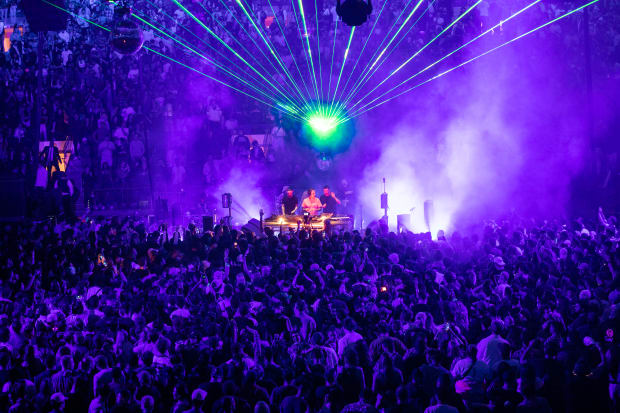
EDM.com: Can you walk us through the creative direction of the show's production?
Ed Warren: I wanted to obviously bring the rave but at the same time steer the rave in a different direction to the way a lot of EDM has gone over the years. Make it less about the production and more about the energy generated from the crowd and music. It was as much a conscious decision as a technical or budget decision.
We only had the morning of show day to load in. We had no production rehearsals. Very little prep and programming time. So I put together something that mirrored what we had done in the shows previously, while enhancing it enough to fill an enormous arena from the center out. I wanted to try and keep the entire audience equally engaged, and it's a tall arena.
I wanted the people at the very top to feel as much a part of the rave as those down on the floor, so I took this into account when positioning lights and focusing them. I wanted to be able to strobe the entire room equally in a flash, to wash it in a solid color top to bottom with no blanks, to be able to bring every light down to a fine pinpoint beam and scan the crowd slowly. And of course, I wanted to bathe the entire room in mirrorball beams.
All of this while attempting to build the show slowly, add more lights to the show slowly, restrain myself as much as I could. That was extremely difficult given the nature of the music, the energy of the event, the occasion. Pure excitement. I actually found myself winding it right back down at certain moments and stepping back for a few minutes just to be able to build it back up again.
EDM.com: From a technical perspective, what principles and methodologies did you apply to deliver the vision of your lighting design?
Ed Warren: I think I may have answered that previously, but throughout my career in lighting I've always stuck to certain principles when lighting, no matter the artist, genre, et cetera. I've always tried to stick to a maximum of two colors at once. I've always followed the off beat whenever possible, and I've always kept it looking as uncluttered, geometric and sparse as possible.
I thrive off restricting myself. So with the additional technical and time restrictions in place for this event, I knew I had to keep things super simple relative to a show of this size. I wanted to hang six mirrorballs around the dancefloor, so that meant hanging six horizontal trusses. I wanted just enough lights on those to hit the mirrorballs without any clutter or crossover of beams. I wanted to hide the mirrorballs away from view until I actually wanted to use them, to keep it a secret—we lowered them down from shrouds with mechanical motors during darkness. I wanted strobes at that same level to provide the flashes and color washes throughout the arena. Coupled with a handful of strobes and moving lights on the stage around the boys, that was about it.
A few weeks prior, the in-house guys at MSG informed me of the "house rig," which is permanently installed in the arena and usually used for ice hockey, NBA and boxing events, and gave me full access to it too. So on the day I patched in an extra array of lights way up in the ceiling, which really helped. There's a huge ring of lights way up in the roof which follow the iconic roof slats, and honestly it turned the entire thing up that extra notch. I was down to have a minimal rig, but was happy for the extra pizzazz.
EDM.com: As a former musician, does your understanding of musicality come into play when it comes to the mechanics of your show production?
Ed Warren: Well, former musician is a stretch! I mean I've played in a few bands, recorded a bit of music—still do—so yeah, I guess I have an understanding of musicality in part down to that. But a lot in part to growing up with a music obsessed father.
It certainly and subconsciously helps understanding how a song flows, builds, drops twists and turns. Knowing how a piece of music is built helps you understand how the production should be built. When creating light shows and productions for artists, you always have to be aware you're creating a visual representation of the music, an extension of the artist. Not the other way around.
EDM.com: In terms of connecting with an audience like that of Skrillex—who have seen their fair share of lasers—what's your secret sauce when it comes to strobing?
Ed Warren: Hit the beat, the off beat. But wait for the last possible moment. Then save something for the next drop, and the next. And always, always be prepared for a rewind! The guy is so energetic, so full on, and that is totally reflected in his musical output.
I've got to admit it took me a little while to get onto [Skrillex's] level and to be alert enough to keep up with him. Safe to say we hit that understanding! We decided to incorporate a single laser for the MSG show but use it sparingly and in a different fashion to the usual EDM style. A single flat sheet of a single color, a few flourishes here and there. But again, "minimal" and "sparse" were the buzzwords.

EDM.com: Considering there was no LED wall there, how did you activate that expertise to keep fans engaged at the Garden?
Ed Warren: I feel like the three guys did enough to engage the audience themselves! They are such experts at building a party, they honestly could've nailed that rave with the house lights on all show. But we wanted to make it so special for everyone there. We wanted to build everyone into a frenzy like never before.
The music was incredible from all three guys. The energy, the love from the audience—I kind of just got swept up in it all and in a way was on the best possible autopilot throughout. "In the zone" I guess you'd call it. As mentioned previously, I had to know when to wind it all back in, reduce the mood. Theres a video of when Kieran dropped "I Love You Always Forever" by Donna Lewis and I went down to a single mirrorball and not much else. It was such a privilege to have that moment to just stand back and look around at everyone in the moment together. It was beautiful.
For the start of the show we decided very far in advance we wanted to keep a "house lights" walkin look for as long as possible. I think I texted the idea to Kieran when I first had it and he instantly replied in his blunt style, "I like it." He relayed it to Fred and Sonny in a meeting and they were completely down. So for 90 minutes, a warm walkin look greeted the ravers.
Then I guess it was an inverse cast back to that first Brixton show I did with Kieran, where we surprised everyone with mirrorballs after two hours of darkness, cut the house lights at the drop to "Baby Again" with Kieran giving me a signal, and hit the rainbow lasers. I actually suggested to Kieran and Fred about 10 minutes before for them to get the audience to turn their phone lights on too, which added extra magic to the drop.
I've never experienced a switch in energy like that before. It was so instant and so palpable. Everyone just lost their minds, so keeping them engaged from then on was quite easy to be honest. We genuinely could've continued that show for another five hours. I wish we could have!
EDM.com: Can you point to a moment in the night when you felt your vision truly came to fruition?
Ed Warren: I wouldn't subjectively call it my vision per se. I think it was an entire team vision—not just myself, Kieran, Sonny and Fred, but everyone involved in making this show happen. To a lot of the local crew working that day, this was just another show, but you could see in their eyes as the night built that they were standing in the middle of something special. And they've been to a lot of shows!
As for flashpoints lighting-wise... the Donna Lewis moment was special beyond words. The growing buzz for the first 90 minutes was so unique. A rave in a fully lit arena was just silly, it sounds like crap on paper if you don't know what's coming next. Then the house lights drop. The first mirrorball hit was magic. Kieran just looking at me boggle-eyed with wonder every few minutes. Chatting with the crowd stood immediately behind me throughout and vibing off them.
The day of the show, Sonny created this crazy 10-minute megamix of the three guys' biggest hits to drop at the end too. Unbelievable. And the reaction afterwards. I've never had so many people message me on Instagram to tell me how much they enjoyed what I did and asking me about it. It was a privilege to be able to engage with people from all around the arena afterwards and hear that they had the time of their life.
Honestly the whole day was like nothing I've ever been involved in from start to finish, and after the show I was an emotional mess. We all were! I wish we could do it again but at the same time I want it to stay in that one moment forever.
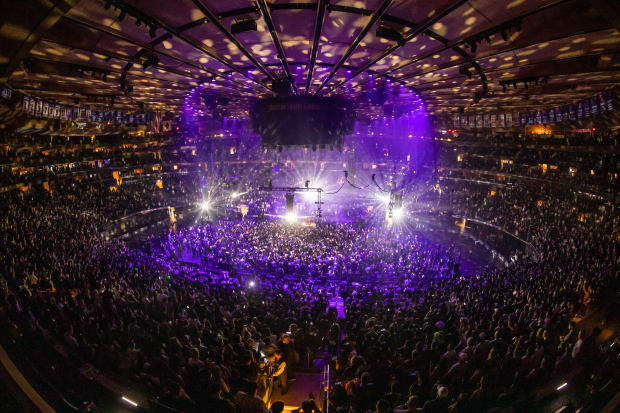
Follow Ed Warren:
Website: nextlevellights.com
Instagram: instagram.com/edforever
Twitter: twitter.com/edforever

